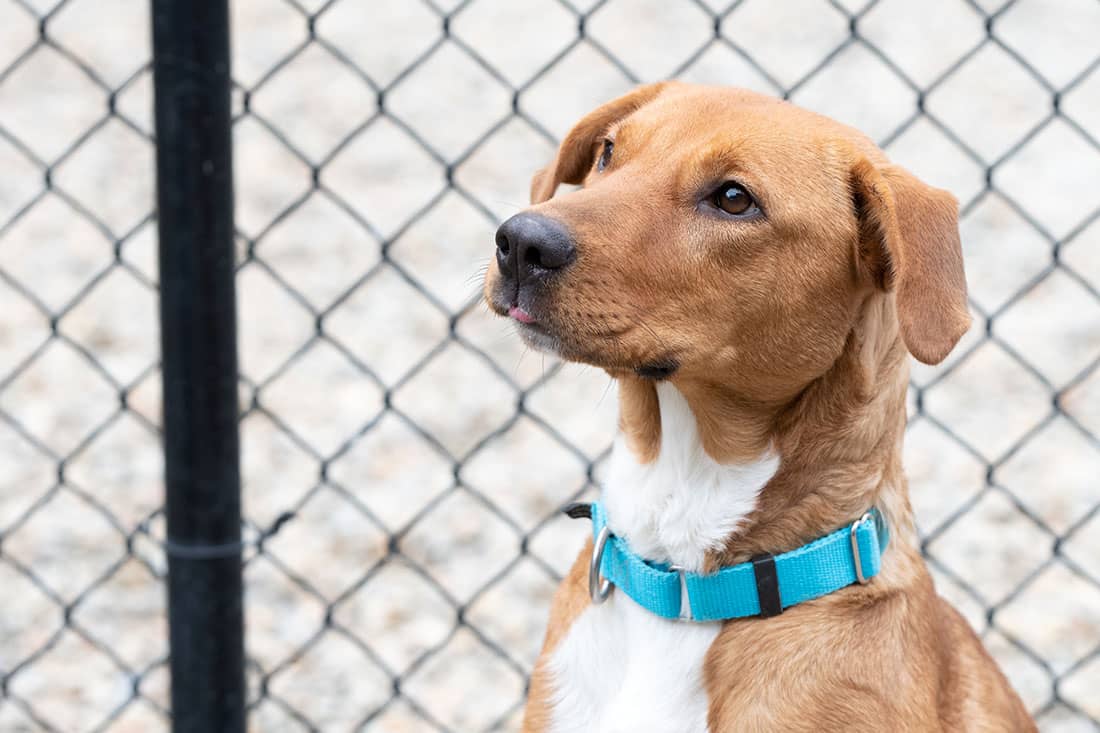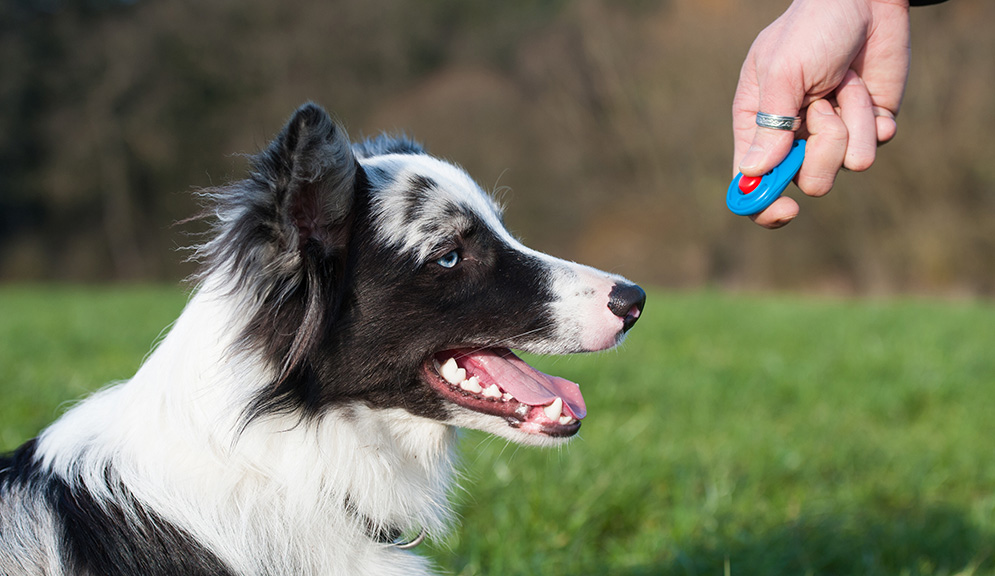Essential Tips for Successful Dog Training: An Overview for Pet Owners
Efficient pet dog training is a diverse procedure that requires a critical technique customized to both the pet dog's character and the proprietor's purposes. Secret elements such as establishing regular commands, using positive reinforcement, and assisting in very early socializing play vital functions in promoting a well-adjusted canine companion. Lots of pet dog owners experience challenges that can hinder progression, leading to irritation and unpredictability. Comprehending how to navigate these barriers can dramatically boost the training experience, inevitably changing the partnership in between owner and pet. What are the essential approaches that can be utilized to make sure success in this venture?
Comprehending Canine Behavior
Recognizing pet habits is necessary for reliable training and fostering a harmonious connection in between canines and their owners. dog training. Dogs interact largely with body language, articulations, and activities, making it crucial for proprietors to analyze these signals accurately.

Socializing plays a significant function in pet dog habits; exposure to different environments, people, and other animals can significantly impact a canine's character. Moreover, elements such as breed characteristics and individual character ought to direct training techniques, as some breeds might have specific behavioral traits that demand customized techniques. By understanding these aspects, owners can produce a helpful environment that motivates favorable actions, leading to effective training results and a much deeper bond with their pet dogs.
Developing Constant Commands
Effective interaction with your pet begins with developing regular commands. This fundamental aspect of training is important for cultivating understanding between you and your pet. Consistency in the commands you use makes sure that your canine can reliably link details words or phrases with the wanted habits.
When choosing commands, select clear, unique words that are simple to differentiate and state from one another. Prevent making use of similar-sounding commands that may puzzle your dog. Utilizing "sit" and "remain" is suitable, but "rest" and "struck" can lead to misunderstandings.
In addition, maintain the very same tone and volume for every command. Dogs are sensitive to vocal cues, so varying your tone can produce confusion.
It is similarly important to make certain that all relative get on the very same page pertaining to the commands made use of. A united front in command use will certainly avoid blended signals and strengthen the learning procedure.
Favorable Reinforcement Methods
The power of positive reinforcement in canine training hinges on its capacity to motivate desired actions with benefits and appreciation. This method is grounded in the concept that behaviors adhered to by desirable results are more probable to be duplicated. By including favorable support into your training routine, you can properly shape your dog's habits in a constructive fashion.
To execute positive support, it's crucial to determine what encourages your pet dog, whether it be deals with, playthings, or verbal appreciation. When your canine performs a wanted activity, such as resting on command, quickly award them with a reward or affection. This organization between the command and the positive result strengthens their understanding.
It's vital to timing the rewards correctly; providing the support within secs of Recommended Site the desired habits helps your pet make the connection (dog training). In addition, uniformity is vital-- ensure that all member of the family utilize the exact same commands and benefit systems to avoid confusion

Gradually, you can lower the frequency of treats as your pet discovers the behavior, transitioning to commend or recurring incentives. This method not just fosters a strong bond in between you and your pet dog but additionally advertises a positive discovering setting, making training an enjoyable experience for both.
Socialization and Communication
Constantly subjecting your dog to a range of environments, individuals, and other pets is vital for their social advancement. Socialization needs to begin early, preferably during the essential home window of 3 to 14 weeks, when pups are most responsive to new experiences. Older dogs can additionally profit from continuous socializing initiatives.
Present your dog to go to my blog different settings, such as parks, pet-friendly shops, and metropolitan areas. This exposure aids them adapt to different stimulations, reducing anxiety and worry actions. Encourage favorable interactions with other canines and individuals, guaranteeing that these experiences are safe and regulated to promote self-confidence.
Utilize structured playdates with well-mannered pet dogs, as this can boost your canine's social skills and educate them appropriate behavior. Obedience courses and training sessions also give exceptional chances for socialization, enabling your pet to communicate with others in a supervised environment.
Screen your pet dog's body language during interactions, as this will certainly aid you gauge their convenience degree. Gradually enhance exposure to more difficult circumstances while making sure that each experience declares. A well-socialized pet is more probable to exhibit balanced habits, making them a joy to have in any type of setting.
Resolving Common Training Difficulties
Every pet owner will experience training obstacles at some time, no matter their pet's age or socialization level. Identifying usual concerns such as stubbornness, distractions, and fearfulness can aid in creating efficient strategies for enhancement.

Interruptions throughout training sessions can hinder focus. To combat this, start training in a peaceful atmosphere with very little stimulations. Gradually introduce interruptions as the canine becomes much more skillful in commands. Short, frequent training sessions are also effective in maintaining focus.
Fearfulness can hinder a canine's learning procedure. Gradual desensitization to the source of anxiety, coupled with positive support, can aid alleviate anxiousness. Perseverance is important; never compel a pet dog into a scenario that triggers distress, as this may aggravate the problem.
Ultimately, understanding and addressing these typical obstacles with an organized approach will certainly promote an extra productive training experience, reinforcing the bond in between pet and owner while advertising efficient discovering.
Verdict
In summary, successful pet training relies upon a thorough understanding of canine habits, the establishment of constant commands, and the application of favorable support methods. Socializing plays an important role in developing well-adjusted pet dogs, while addressing typical training challenges needs patience and flexibility. By applying these essential strategies, family pet owners can foster a strong bond with their dogs and advertise preferable actions, eventually bring about an unified connection between people and their canine friends.
Understanding canine actions is crucial for reliable training and cultivating an unified connection in between dogs and their proprietors.Socialization plays a considerable duty in dog behavior; direct exposure to various atmospheres, individuals, and various other animals can substantially influence a canine's character.The power of positive reinforcement in pet training exists in its capacity to urge desired habits with incentives and praise. By incorporating favorable reinforcement into your training regimen, you can efficiently shape your pet dog's habits in a useful manner.
In summary, successful dog training relies on a detailed understanding of canine behavior, the establishment of consistent commands, and the application of positive reinforcement techniques.
Comments on “Fun Tasks to Boost Your Dog Training Experience”